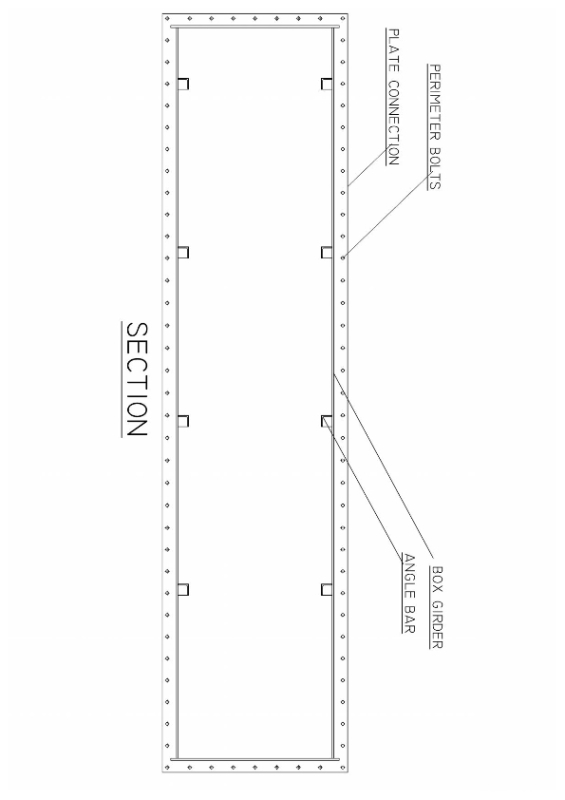neukcm
Structural
- May 3, 2015
- 63
Hi,
I'm looking for example work/calculation for bolt group analysis subject to out of plane loading based on Eurocode. My structure is a crane, and one of its main leg (box section - 5.2M x 1.2M) will be spliced using end plate (25mm THK) with tremendous amount of bolts (see attached image). I have gone through SCI publications but never find an example for box section connection.
Any advice/comments will be highly appreciated! Thank you!
Neukcm

I'm looking for example work/calculation for bolt group analysis subject to out of plane loading based on Eurocode. My structure is a crane, and one of its main leg (box section - 5.2M x 1.2M) will be spliced using end plate (25mm THK) with tremendous amount of bolts (see attached image). I have gone through SCI publications but never find an example for box section connection.
Any advice/comments will be highly appreciated! Thank you!
Neukcm




![[smile] [smile] [smile]](/data/assets/smilies/smile.gif)